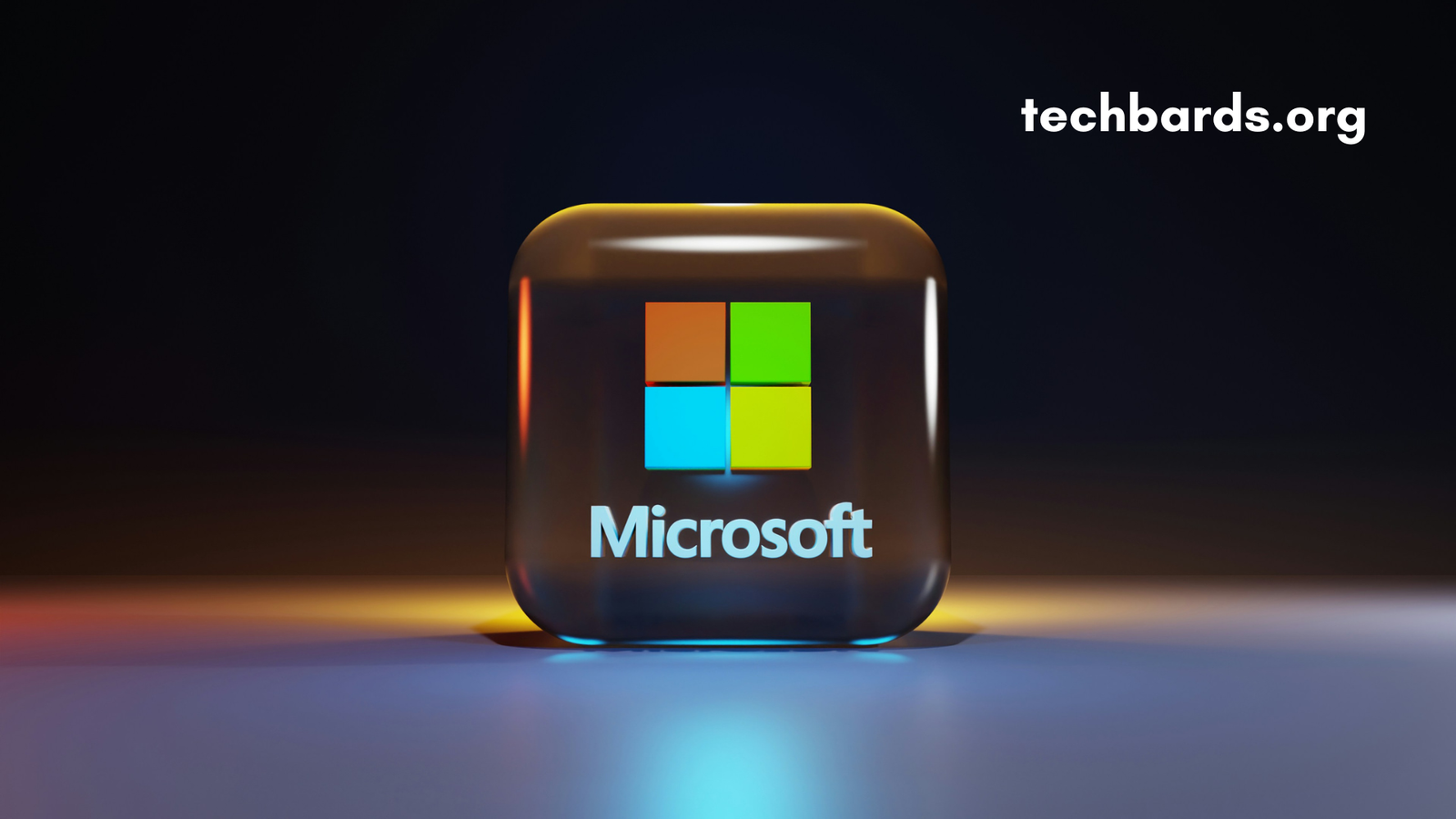In today’s digital age, Microsoft has constantly been at the forefront of innovation, offering users a seamless blend of hardware and software solutions. One of its standout technologies is the integration of Windows Ink across its devices, which allows users to express themselves creatively using a digital pen. This feature is not just limited to designers or artists but caters to students, professionals, and everyday users, making tasks like note-taking, sketching, and even coding more efficient. In this article, we’ll dive into the various applications of Microsoft Ink, its benefits, and how you can leverage it for productivity.
Understanding Windows Ink
Microsoft introduced Windows Ink as a feature in its Windows 10 update, allowing users to interact with their devices in more natural ways using a digital pen or stylus. Windows Ink essentially transforms your screen into a digital canvas where you can draw, write, and navigate using intuitive pen gestures. This technology is integrated into a wide range of Microsoft applications, including OneNote, Snip & Sketch, and Microsoft Word, among others.
The Windows Ink Workspace is the hub of this experience. It provides easy access to various inking tools and apps like Sticky Notes, Sketchpad, and Screen Sketch, making it faster and more convenient to use pen-enabled features. Whether you’re jotting down a quick reminder, sketching out ideas, or editing documents, Windows Ink is designed to make these tasks more fluid and intuitive.
Key Features of Windows Ink
1. Handwriting Recognition and Conversion:
One of the most powerful aspects of Windows Ink is its handwriting recognition capabilities. For instance, in Microsoft OneNote, you can scribble notes with your Surface Pen and later convert them into editable text with just a few clicks. This is particularly useful for students and professionals who prefer taking handwritten notes but want the flexibility of digital text for editing or sharing.
2. Natural Gesture Editing:
Windows Ink also supports editing with natural gestures. In applications like Microsoft Word, you can use a pen to circle text to select it or cross out words to delete them. This allows users to interact with documents as they would on paper, creating a more organic and efficient editing process.
3. Digital Sketching:
For artists and designers, Windows Ink offers a range of tools to sketch and draw with precision. The Sketchpad feature in the Windows Ink Workspace provides a blank canvas where users can bring their ideas to life using different pen types, colors, and thicknesses. It even includes a digital ruler for precise lines, making it an ideal tool for graphic design, architecture, or even simple doodling.
Applications Across Microsoft Products
1. OneNote: A Digital Notebook for All
OneNote is one of the most widely used applications that supports Windows Ink. It allows users to handwrite notes, annotate documents, and even solve math equations. Students particularly benefit from this feature, as it enhances learning by letting them take notes, draw diagrams, and convert handwritten content into searchable text. Additionally, OneNote supports collaboration, meaning multiple users can annotate or draw on shared documents in real time, making it a great tool for team projects.
2. Snip & Sketch:
The Snip & Sketch tool allows users to capture screenshots of their desktop and annotate them using the digital pen. This feature is great for marking up images, collaborating on visual content, or simply sharing creative ideas with colleagues. It’s designed to make drawing, cropping, and annotating as seamless as possible, with an emphasis on quick sharing options.
3. Microsoft Word and Excel:
Windows Ink is not limited to creative tasks—it also enhances productivity in tools like Microsoft Word and Excel. In Word, users can edit documents using pen gestures, while Excel supports inking over spreadsheets to highlight data, make annotations, or draw graphs. The flexibility of inking in these applications means you can add a personal touch to your documents, even in professional settings.
Benefits of Using Windows Ink
1. Enhances Creativity and Learning:
For students, educators, and professionals, Windows Ink offers a unique way to engage with content. Research has shown that students who use digital ink tend to have improved learning outcomes, particularly in subjects like math and science. Additionally, the ability to combine traditional note-taking with the versatility of digital content can enhance both creativity and productivity.
2. Accessibility and Customization:
Windows Ink makes technology more accessible for people who prefer handwriting over typing. This can be particularly beneficial for users with disabilities or those who find typing less intuitive. Moreover, the feature is highly customizable, allowing users to adjust the thickness of their strokes, the color of their ink, and even the type of pen they’re using.
3. Cross-Device Compatibility:
One of the strengths of Windows Ink is its compatibility across devices. Whether you’re using a Surface Pro, a touchscreen laptop, or even a mobile device, Windows Ink provides a consistent experience. This cross-device functionality makes it easy to switch between platforms without losing any inking capabilities.
Future of Digital Inking
With the continued development of AI and machine learning, Windows Ink is only expected to become more powerful. Features like handwriting personalization already allow the system to learn and adapt to your specific writing style, improving recognition accuracy over time. Additionally, Microsoft is exploring ways to make Windows Ink even more integrated with cloud-based services like OneDrive, making it easier to collaborate and share content across teams.
Conclusion
Microsoft’s Windows Ink technology has revolutionized the way we interact with our devices. By providing a more natural and intuitive interface, it allows users to express themselves creatively and enhance their productivity. Whether you’re a student solving equations in OneNote, an artist sketching your next masterpiece, or a professional marking up documents, Windows Ink offers tools that cater to a wide range of needs. As technology continues to evolve, the capabilities of digital inking are bound to expand, making it an essential tool for the future of work and creativity.

